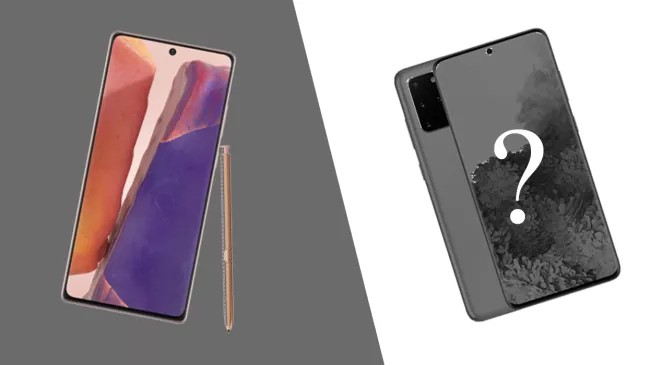
Anything of Note?
Samsung Galaxy Note 20 (L) could tell us about Samsung's futureThe Samsung Galaxy Note 20 series has officially been unveiled, so Samsung has
completed its range of top-end phones for the year with two stylus-toting
premium handsets.Alongside the Galaxy Note 20 Ultra, the quality Note 20 offers some top-end
features and specs during a phone that's going for an eye-watering price - the
corporate really has gone all-out for these handsets.So now Samsung is usually finished the year, we've started looking towards its
first expected flagship of 2021 - namely, the Samsung Galaxy S30, which we're
expecting to land in February.

- What we all know about the Samsung Galaxy S30
- Check out our Samsung Galaxy Note 20 review
- These are the simplest Samsung phones
We don't know much that upcoming smartphone just yet - but maybe we do? Is it
possible that Samsung left hints and clues within the Galaxy Note 20 that
would point us towards what the longer-term phone are going to be like, like
some quite Dan Brown-Esque plot?
1. The Samsung Galaxy S30 will have a minimum of three years of Android
support
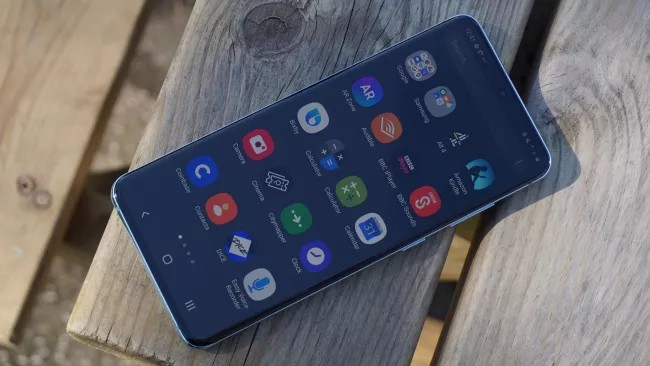
Samsung Galaxy S20Samsung Galaxy S20 with Android 10 (Image credit:
Future)
We're not such a lot reading between the lines as reading the lines themselves
once we say the Samsung Galaxy S30 will probably be supported by Android
updates for a minimum of three years when it launches.
At the Galaxy Note 20 event Samsung announced this is able to be the case for
the Note 20 range, also because the S10 and Note 10 devices, and we'd be very,
very surprised if this didn't find yourself being the case for the S30
handsets too.
So we'd expect the Samsung Galaxy S30 to launch with Android 11 inbuilt, as
which will be the most recent Android OS upon release, and it'll almost
certainly rise up to Android 14 a minimum of if fewer updates.
2. Could flat-edge displays be coming back?

Samsung Galaxy Note 20 UltraAt least the Samsung Galaxy Note 20 Ultra has
curves (Image credit: TechRadar)
The Samsung Galaxy Note 20 (standard, not Ultra) was the primary high-end,
mainstream Samsung phone in a few years to possess a display with flat edges
because the company has been using curved screens for years.
This follows on from the Samsung Galaxy S20 devices which had screens which
weren't as curvy as their predecessors, and it's got us thinking that perhaps
the corporate isn't totally committed to curvy screen edges.
Curved-edge displays are a love-it-or-hate-it piece of tech, with some liking
the way it makes a phone feel within the hand, et al. finding it's too easy to
accidentally press parts of the display when it curves.
If the Samsung Galaxy S30 does have a screen that curves at the sides, we
definitely wouldn't expect it to be a dramatic taper like within the Oppo Find
X2 or Motorola Edge, at least.
3. The screen quality is not any longer the main target
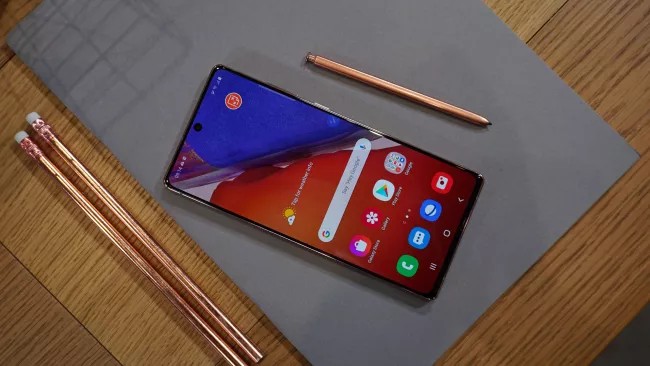
Samsung Galaxy Note 20The Samsung Galaxy Note 20's screen (Image credit:
TechRadar)
One of the most things Samsung phones are known for, whether that's Galaxy S,
Galaxy Note, or maybe affordable Galaxy A devices, has impressive displays -
but the corporate appeared to drop the ball with the Galaxy Note 20.
The Samsung Galaxy Note 20 features a screen that's Full HD+ resolution, with
a 60Hz refresh rate - both of those specs are below the Note 20 Ultra and
every one the Galaxy S20 phones, which have 120Hz refresh rates and QHD+
displays.
This was, of course, an intentional decision - it doesn't sort of a huge tech
corporation could just 'forget' to use top specs - which makes it appear to be
Samsung not prioritizes top-end display tech in its smartphones.
Maybe within the standard Samsung Galaxy S30, we'll see the lower-end model
accompany equally low display specs, so as to stay the worth less than its
siblings.
4. Big chipset changes - in some regions
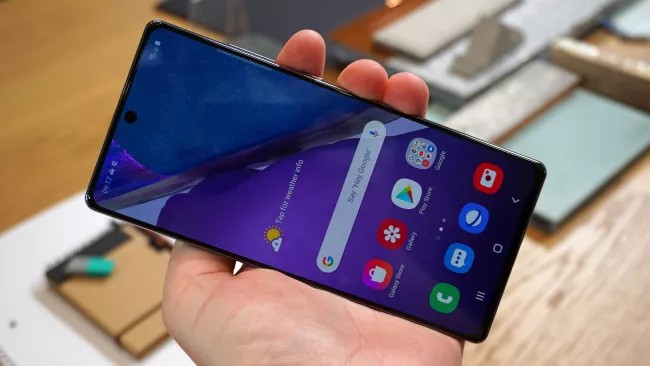
Samsung Galaxy Note 20Samsung Galaxy Note 20 with Exynos 990 (Image credit:
TechRadar)
Samsung phones in most regions use Qualcomm Snapdragon processors, but in
Europe, the handsets use Samsung's own Exynos chipsets.
The Galaxy Note 20 devices that use Snapdragon components got a more modern
chipset than the S20s, as they used the Qualcomm Snapdragon 865 Plus whereas
the S20 range doesn't have the Plus version. However, in Exynos regions, the
Exynos 990 was used for both lines of phones.
So what have Samsung's engineers been doing for half a year? Well, the answer
is probably nothing, and when the Galaxy S30 range launches they'll have had a
year to develop the Exynos 1000, or regardless of the next chipset finishes up
being called.
If that time's been put to good use, the Samsung Galaxy S30 could have much
faster processing power than the S20 and Note 20. Alternatively, maybe Samsung
will finally drop the Exynos processors as fans are begging - they're
generally slow and not very power efficient compared to the Snapdragons - and
we'll see the Snapdragon 875 within the S30.
Either way, we'd expect the new phones to be much, much faster.
5. A special new color
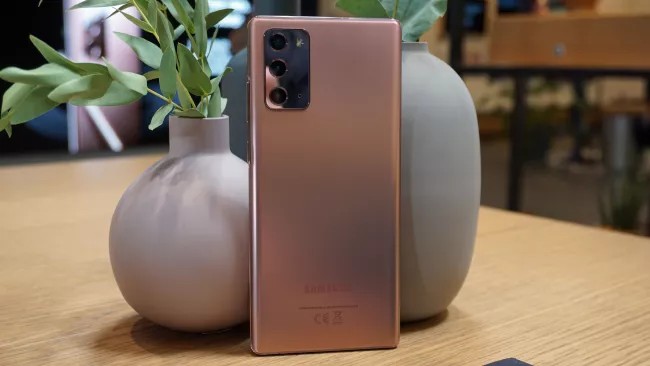
Samsung Galaxy Note 20Samsung Galaxy Note 20 in Mystic Bronze (Image
credit: TechRadar)
At Samsung Unpacked 2020, where the corporate unveiled the Note 20, Galaxy Tab
S7, Buds Live and Galaxy Z Fold 2, it pushed something harder than any of
these pieces of tech - its new color, 'Mystic Bronze'.
Samsung made bound to means that every one of its new products was available
during this coppery color, and repeatedly asserted how it had been the 'color
of 2020'.
It's possible the corporate will do exactly this again in February for its next Unpacked event, and unveil each piece of tech in one unified color. We'd expect three Galaxy S30 phones, perhaps a Samsung Galaxy Z Flip 2, and possibly Galaxy Buds Live Plus or Galaxy Buds 2.
By releasing each of those products within the same color, the corporate would create a particular visual style that might be instantly recognizable for phone fans.






No comments:
Post a Comment